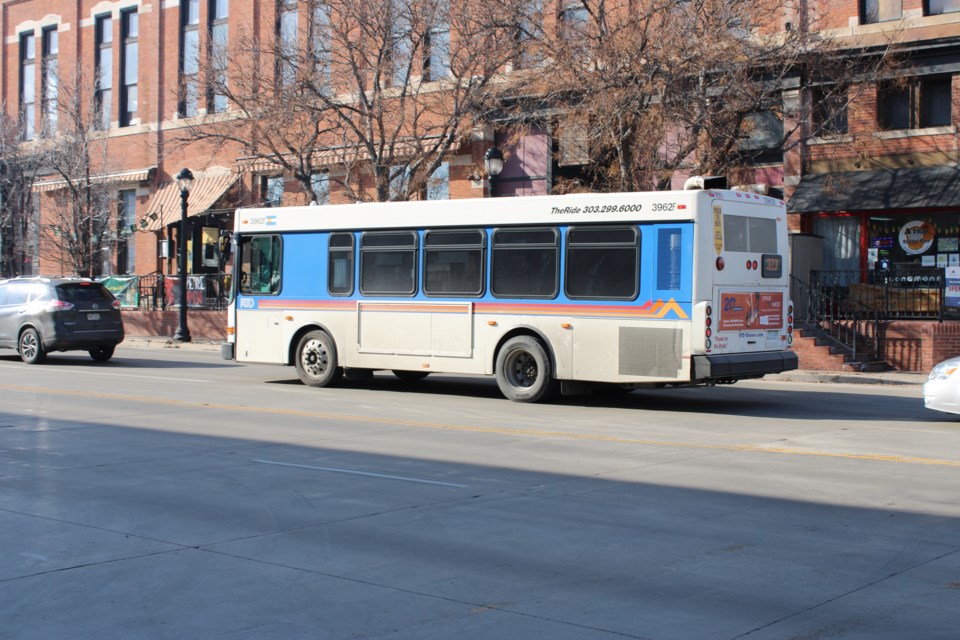On Monday, some RTD routes will change.
In July, the RTD Board of Directors adopted the changes outlined in its System Optimization Plan. The new plan was developed to "respond to changing travel patterns, bolster ridership, and capitalize on the region's FasTracks investments in a fiscally constrained manner," according to the plan.
RTD assessed its ridership over the years in comparison with the region's population growth. According to the plan, the population in the area increased 20% between 2007 and 2018. However, ridership — despite the 12% increase in service hours — fluctuated over the same time period. The total increase came to only a 10% increase since 2007.
Boardings increased by 11%, however, more people boarded rail lines than buses. Bus ridership decreased 10%. According to RTD, "even though rail ridership has increased over the 12-year time period, the number of passenger boardings per service hour has remained relatively flat," the plan states.
The plan also outlined that RTD's annual expenditures increased nearly 89% — from $412 million to nearly $778 million. Bus operating costs per service hour is up 25% and rail has increased 140%, according to the plan.
Most of the changed routes impact the Denver area, however, the BOLT — which runs between Longmont and Downtown Boulder — will have minor adjustment changes to increase on-time performance.
Other Longmont routes will change to accommodate the transit station which is slated to be built at First and Coffman streets.
Correction: The original article stated the BOLT will have a new pattern that operates along Hover Road to CU East Campus in Boulder. This change is slated to happen in the future along with planned changes to Hwy. 119.


